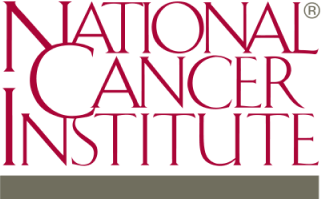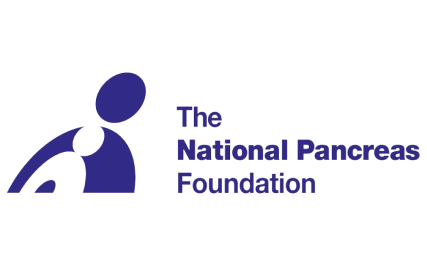References
- SEER Cancer Statistics Factsheets: Female Breast Cancer. Surveillance, Epidemiology, and End Results (SEER) Program, National Cancer Institute Website. Accessed April 7, 2015. Available at seer.cancer.gov.
- Endometrial cancer risk factors. American Cancer Society Website. Updated February 29, 2016. Available at www.cancer.org.



